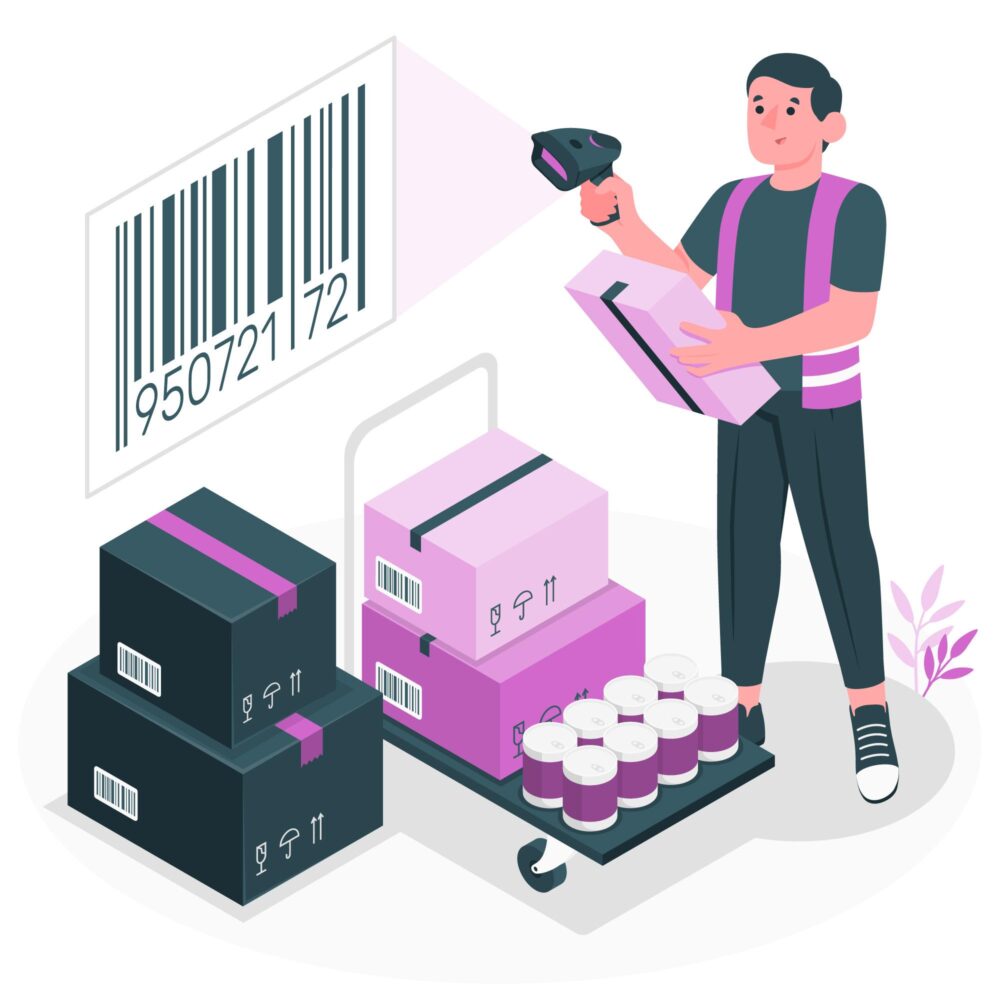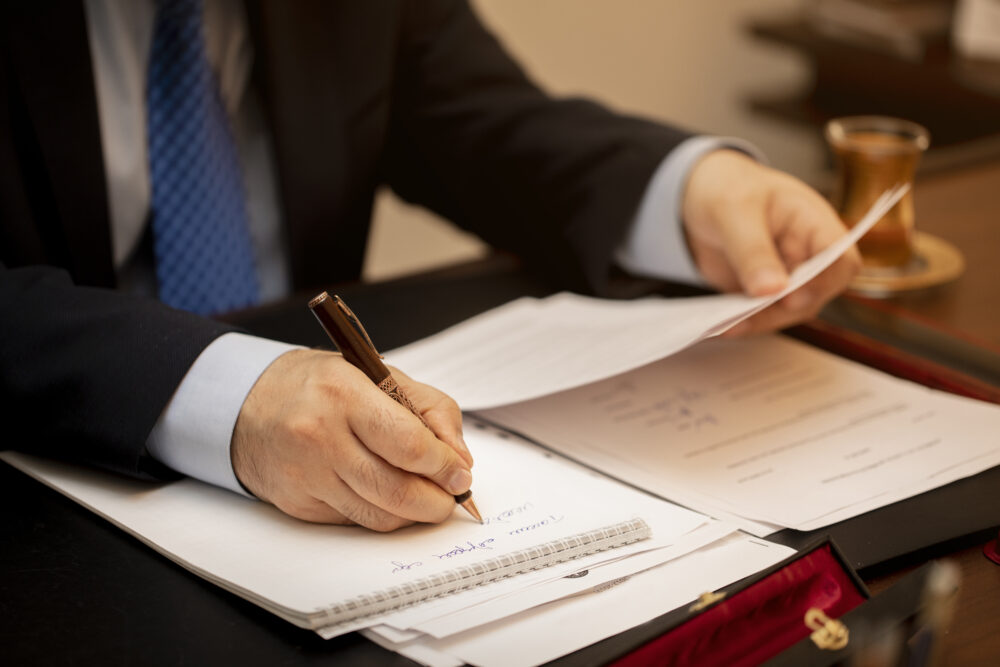1. The reality of counterfeit goods in Viet Nam
As many other developing countries, Viet Nam has been struggling to combat counterfeit goods. It is undeniable that there is a sharp development in the awareness of consumers and handling capability of authorities in relation to fake products. According to the accumulated statistics in the first nine months of 2020 from the National Steering Committee 389, 138,374 cases in relation to counterfeit goods were detected and handled by market surveillance forces across the country (decreasing 7.5% in comparison with that of 2019).
However, since counterfeiting has been ingrained in and in every corner of the market, the war against fake products seems to be endless. The development of e-commerce has also caused counterfeit goods to spread more quickly and uncontrollably. The ICC has estimated that the value of counterfeit goods all over the world will cross over 2 billion USD in the future, equivalent to 3% of global GDP. Viet Nam, as a lucrative market for counterfeiters, will definitely be named in the list.
Among the sectors, cosmetics and pharmaceuticals are two of the sectors that usually have the highest quantity and volume of counterfeit goods on the market. More remarkable, these are the areas that directly affect human health. In fact, many consumers have suffered serious financial harm, financial harm, and even death from the use of counterfeit cosmetics and pharmaceuticals.
2. Detecting counterfeit goods
Pursuant to prevailing laws, there are three types of counterfeiting goods:
(i) The first type: Goods counterfeit in terms of value or utility or having quality criteria or technical properties that make up the main use of the goods fails to meet the requirements (below 70%).
(ii) The second type: Goods having labels or packages written false information to deceive consumers about the following contents: manufacturers, importers or distributors of the goods; registration number, publication number or barcode number; the origin of the goods or the place where the goods are manufactured, packed or assembled.
(iii) The third type: Fake labels and packages. This means that the labels and packages itself are counterfeit goods. In this circumstance, information on labels and packages may be true but they are not printed by organizations who are rightful to the goods. Comparing to the second type, recognizing fake labels and packages is more difficult as techniques and tools to forge them become more sophisticated.
In fact, when conducting inspections of suspected counterfeit goods, the authorities often require businesses to present one, some or all of the following documents. Depending on the case, the suspect will be required to provide other relevant documents.
(i) Certificates of origin (C/O);
(ii) Purchase and sale contracts;
(iii) Valid invoices and vouchers related to the quantity or volume of goods which are suspected of being counterfeited;
(iv) Documents related to the materials for the production of the goods.
However, it is unlikely for the average consumer to access and inspect the above documents. Therefore, the most common manual options for consumers are looking at the selling price and where the product is sold.
Counterfeit goods usually have the selling price many times cheaper than the real ones because the production cost of counterfeit goods is not too expensive. This hits the desire of most consumers to use good and cheap products. Therefore, when detecting low-priced products or ones accompanied by unusual promotions, consumers should consider not buying and using such products. Regarding the outlets, consumers should choose reputable places in the market. Especially for products directly related to health such as pharmaceuticals and cosmetics, consumers should limit their purchases through social networking sites or e-commerce platforms because it is difficult to access the origin.
3. Punishments applicable to acts of producing and trading fake goods
Under current regulations, individuals and organizations convicted of producing and trading counterfeit goods often face administrative and criminal sanctions. In some cases, they are also responsible for civil compensation if they are sued in court.
Currently, the administrative sanction applicable to the production and trading of counterfeit goods is up to VND 200,000,000 for individuals and VND 400,000,000 for organizations. Where all the factors constituting a criminal offense are met, individuals may also be sentenced to imprisonment of up to 15 years and a fine of up to VND 50,000,000. Particularly for goods directly affecting human health such as food or medicine, individuals may be subject to a sentence of up to a life sentence.
For legal entities, the fine level for acts of producing and trading counterfeit goods will generally be fined up to 9 billion VND or permanently suspended. Particularly for goods that directly affect human health such as food or medicine, the fine will be up to 20 billion VND.
4. Conclusion
In general, the administrative sanctions may not be heavy enough compared to the huge profits from the counterfeit market. However, the biggest difficulty in reality comes from the professional capabilities and procedures of the authorities. Facing with the rapid increase of counterfeit goods, state agencies need to be equipped with more facilities and professional skills. In parallel, consumers also need to equip themselves with the ability to identify counterfeit goods and change their consumption habits.
Disclaimers:
This article is for general information purposes only and is not intended to provide any legal advice for any particular case. The legal provisions referenced in the content are in effect at the time of publication but may have expired at the time you read the content. We therefore advise that you always consult a professional consultant before applying any content.
For issues related to the content or intellectual property rights of the article, please email cs@apolatlegal.vn.
Apolat Legal is a law firm in Vietnam with experience and capacity to provide consulting services related to Intellectual Property Rights and contact our team of lawyers in Vietnam via email info@apolatlegal.com.



































